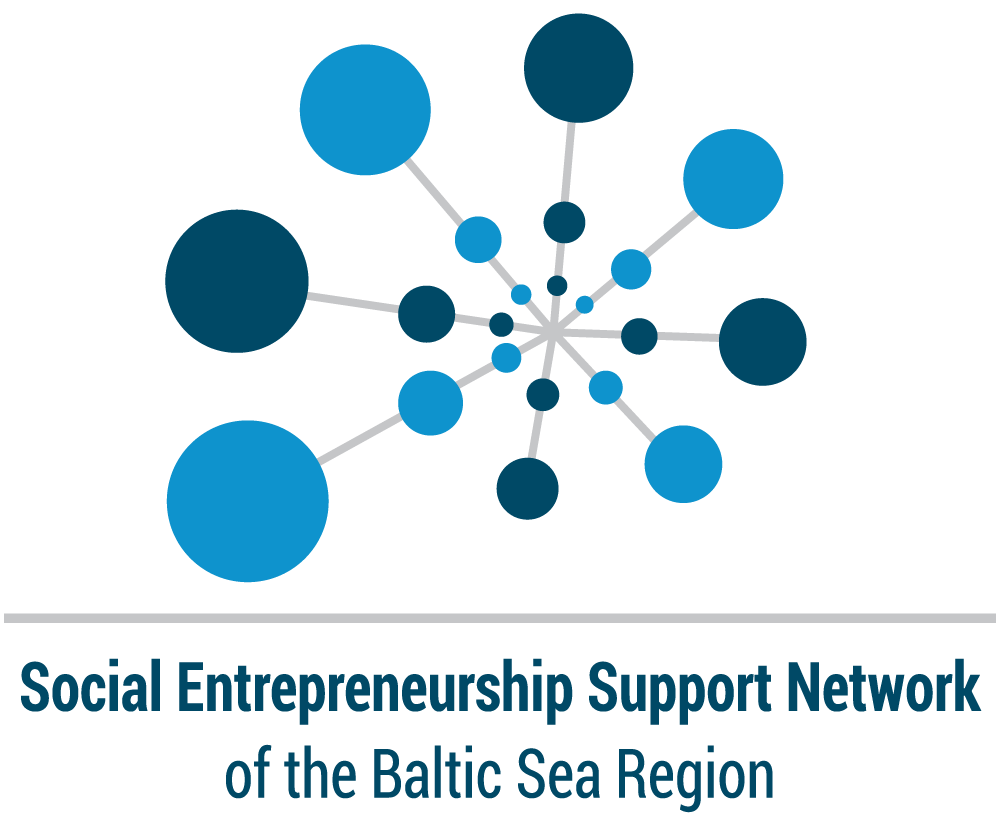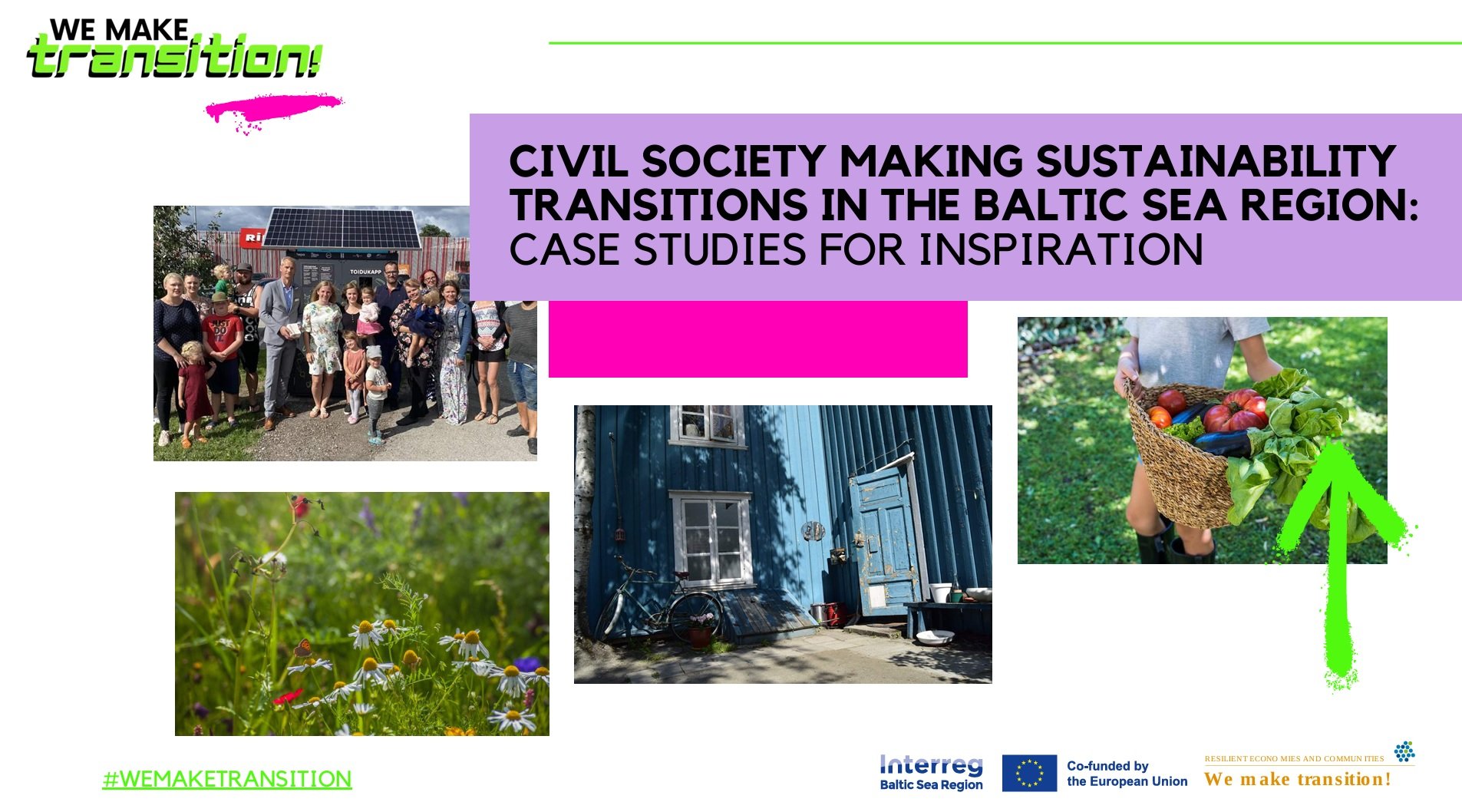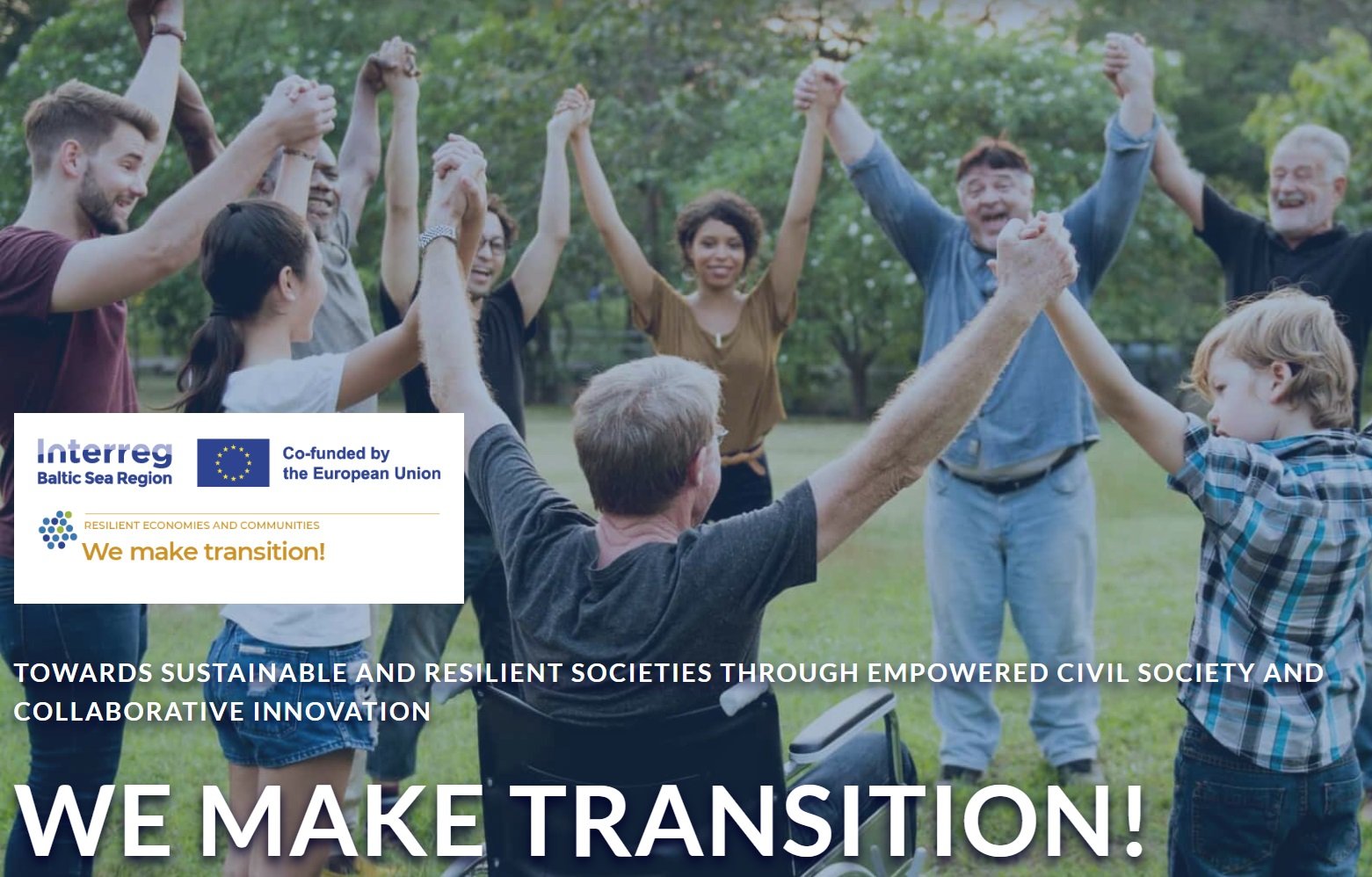In these times of pandemic individuals, businesses, and non-profits are stepping to the front and truly making a conscious effort to bring about positive change in the world, be it a direct result of the pandemic or other social causes. It is as if a critical mass has come together at a time when the world has an urgent need for social entrepreneurs.
The rise of social entrepreneurship
As the co-founder of The Center for the Advancement of Social Entrepreneurship at Duke University, Greg Dees points out that these individuals are a “special breed” of leaders. Author David Bornstein, who specializes in writing about social innovation, says, “What business entrepreneurs are to the economy, social entrepreneurs are to social change.”
We often think of entrepreneurs as those who start their own businesses with the sole purpose of making money. Currently, there are 582 million entrepreneurs around the world. Social entrepreneurs are cut from the same mold. However, these are individuals who seek to impact a particular social cause, which benefits society and hopefully brings about positive change.
Types of social entrepreneurs
When it comes to driving change through social entrepreneurship, there are many definitions. These individuals and companies represent a vast cross-section of what they are trying to accomplish with their businesses. They also differ in terms of their strategies and goals for bringing about social change.
Dr. Joe Johnson is an entrepreneur who has studied the field for over 25 years. He is the founder of Welfont, which has funded and launched over a dozen start-ups. Dr. Johnson has outlined what he considers to be the four most common types of social entrepreneurs.
1. The Community Social Entrepreneur
This entrepreneur seeks to serve the social needs of a community within a small geographical area. These entrepreneurial initiatives could be anything from creating job opportunities for marginalized members to building a community center. Social entrepreneurs on this scale are usually individuals or small organizations. Microfinance loans are one example – offering financial solutions to local people with no access to banking.
These entrepreneurs work directly with members of the community. This means more vested interests and a slower decision process, but it comes with the advantage of long-term solutions. Both community members and local organizations are likely to sustainably carry on with the project even without the entrepreneur’s direct involvement.
This is where most people start, as a change in your own community is instantly visible. You can see the results of such social entrepreneurship almost immediately and talk to people you are helping directly. All you need to do to start this type of endeavor is find a local isolated social problem and apply yourself to solving it.
2. The Non-Profit Social Entrepreneur
These entrepreneurs are focused on social, not material gain, meaning they prioritize social well-being over traditional business needs. They reinvest any profits into the business to facilitate the further expansion of services
Non-profit social entrepreneurs are usually companies and organizations that choose to use their power for social good. The story of Goodwill Industries serves as a great example: In 1902, the company started employing poor residents to work with donated goods, reinvesting all profits into job training programs.
These entrepreneurs are usually more likely to meet their stated goals due to readily available funding. However, they are also dependent on its successful generation for social good.
This path is usually taken by more business-savvy entrepreneurs who want to use their skills for creating change. While the results often take longer to manifest, they can take effect on a larger scale. Joining a local non-profit or training program is usually a reliable way to start.
3. The Transformational Social Entrepreneur
These people are focused on creating a business that can meet the social needs that governments and other businesses aren’t currently meeting. The transformational category is often what non-profits evolve to with sufficient time and growth. They become larger organizations with rules and regulations – sometimes growing to the point of working with or getting integrated into governmental bodies.
Accelerators like The Social Innovation Warehouse are great examples of this social entrepreneur type. They specifically empower other impact-driven entrepreneurs to create positive change. This then creates a system of interconnected businesses focused on social benefits.
Transformational entrepreneurs have an easier time getting top talent for these efforts. However, they are also bound by a web of rules and regulations that larger organizations have to create.
Such organizations usually recruit and foster talent in-house. If you apply for a job opportunity or volunteer position and show social entrepreneurship skills, they are likely to help you enroll in a mentorship program and facilitate your growth from there.
4. The Global Social Entrepreneur
These entrepreneurs seek to completely change social systems in order to meet major social needs globally. It’s often where big companies end up when they realize their social responsibility and begin concentrating on positive change as opposed to just profits. It’s also where the largest charity organizations, such as the Bill & Melinda Gates Foundation,stand.
The global need in question can be anything from free access to education to clean water. This is usually a lofty goal that spans continents and links many organizations and interests together. However, the trade-off is in scrutiny – if global social entrepreneurs fail to meet the needs and gather sufficient support, their failure has a bigger impact than those of smaller organizations.
These organizations are usually tied to a particular cause and work with other social entrepreneurs to make it happen. As such, you are more likely to achieve these heights if you connect with other social entrepreneurs and build a global community around solving social issues.
Additionally, there is a growing number of organizations that blend the best for-profit practices with non-profit missions. They fall under all types outlined above, being in different stages of growth and scalability. We suggest finding a cause that works best for you and charting a way forward from there.
Looking ahead
As awareness continues to grow about social entrepreneurship and its importance, so does the need for it. Certified B corporations are accelerating a global cultural shift and redefining what is considered a success by building a more inclusive and sustainable economy.
For those who are truly committed to a career in making a difference in the world, opportunities abound to join other established social enterprises and fellow peers who are looking for like-minded individuals to carry out their personal entrepreneurial spirits of making a true change for social good.
To learn and collaborate with other social entrepreneurs, join one of our global chapters today.
Source: netimpact.org















Leave A Comment